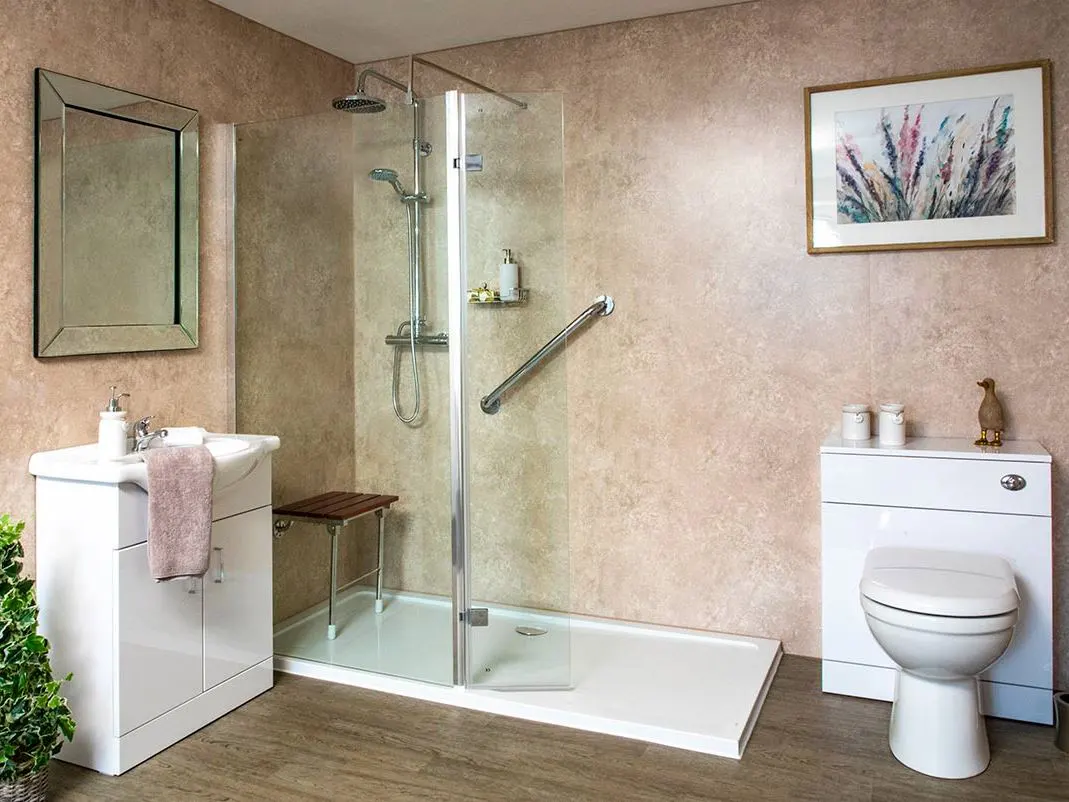What Are Bathroom Renovation Grants?
Bathroom renovation grants are financial assistance programs designed to help individuals, especially the elderly or disabled, fund necessary home modifications. These grants are offered by local councils, charities, and government schemes across the UK. The goal is to improve home accessibility and safety, particularly in high-risk areas like bathrooms.
Key Features of Bathroom Renovation Grants:
-
Eligibility Criteria: Grants are typically available to seniors, disabled individuals, or low-income households. Homeowners and tenants with the landlord's permission may qualify.
-
Purpose: To fund essential adaptations like installing walk-in showers, bath lifts, or grab rails.
-
Funding Coverage: Grants may cover the full or partial cost of renovations depending on the applicant's financial circumstances.
Walk-In Shower and Bath Grants to Consider
Several grants are available in the UK to assist with bathroom modifications. Here are some of the most prominent options:
1. Disabled Facilities Grant (DFG)
The Disabled Facilities Grant is one of the most well-known schemes in the UK. It is designed to help individuals with disabilities, including elderly people, adapt their homes to meet their needs.
-
Maximum Grant: Up to £30,000 in England, £36,000 in Wales, and £25,000 in Northern Ireland.
-
Eligible Adaptations: Includes the installation of walk-in showers, wet rooms, and other bathroom modifications.
-
Means-Tested: The grant is means-tested, so your financial situation will determine how much funding you receive.
2. Local Authority Grants
Local councils in the UK often provide additional grants or funding to complement the DFG. These grants vary by region and may cover bathroom accessibility upgrades for seniors.
3. Charitable Organisations
Charities like Turn2us and Foundations Independent Living Trust (FILT) provide funding for low-income households. These grants often focus on urgent home modifications to improve safety and quality of life.
4. Energy Company Obligation (ECO) Scheme
While primarily focused on energy efficiency, some ECO schemes also include funding for home improvements, including bathroom adaptations.
5. Grants for Private Homeowners
Private homeowners who meet specific eligibility criteria can access grants for bathroom renovations. These are often provided by local councils or charities focused on housing accessibility.
Applying for Grants
Applying for bathroom renovation grants can seem daunting, but following a structured process can make it more manageable. Here's a step-by-step guide:
Step 1: Assess Your Needs
Evaluate what adaptations are necessary. For seniors, installing walk-in showers, grab rails, or non-slip flooring may be essential.
Step 2: Contact Your Local Council
Your local council is often the starting point for grant applications. They can provide detailed information about available grants and eligibility criteria.
Step 3: Obtain an Occupational Therapist Assessment
Most grants, including the DFG, require an assessment by an occupational therapist to determine what modifications are necessary.
Step 4: Submit Documentation
Prepare and submit all required documentation, including proof of income, property ownership, and the occupational therapist's recommendations.
Step 5: Wait for Approval
Grant approval can take several weeks to months, depending on the complexity of your application and the council's workload.
Step 6: Carry Out Renovations
Once funding is approved, proceed with the renovations. Ensure the work is carried out by certified contractors.
The Benefits of Walk-In Showers and Baths
Walk-in showers and baths provide numerous benefits for the elderly, enhancing safety, convenience, and independence.
1. Improved Accessibility
Walk-in showers eliminate the need to step over a high bathtub edge, making them ideal for seniors with mobility issues. Some models include built-in seating for added comfort.
2. Reduced Risk of Falls
Bathrooms are a common site for falls, especially among the elderly. Features like non-slip flooring, grab rails, and handheld showerheads reduce the risk of accidents.
3. Enhanced Independence
Walk-in showers allow seniors to maintain their independence, reducing the need for caregiver assistance during bathing.
4. Increased Home Value
Home adaptations, such as walk-in showers, can increase property value by making it more appealing to future buyers, especially those with accessibility needs.
5. Customisable Features
Modern walk-in showers come with a range of customisable features, including thermostatic controls, rain showerheads, and anti-scald technology.
Bathroom Accidents Among the Elderly
The following table highlights the importance of bathroom safety adaptations:
|
Statistic
|
Value
|
|
Percentage of falls occurring in bathrooms
|
80%
|
|
Average age of individuals at risk
|
65+
|
|
Reduction in fall risk with adaptations
|
Up to 50%
|
Source: NHS England (england.nhs.uk)
Frequently Asked Questions
1. Can tenants apply for bathroom renovation grants?
Yes, tenants can apply with the landlord's consent. The landlord may also be eligible for certain grants.
2. How long does it take to receive funding?
The process can take several weeks to months, depending on the grant type and application complexity.
3. Do walk-in showers require professional installation?
Yes, professional installation is recommended to ensure safety and compliance with UK building regulations.
4. Are walk-in showers suitable for small bathrooms?
Absolutely. Compact designs are available to fit smaller spaces without compromising accessibility.
Walk-in showers and baths are transformative solutions for elderly individuals, offering improved safety, accessibility, and independence. With various bathroom renovation grants available in the UK, seniors and their families can make these essential adaptations more affordable. By understanding the grants, application process, and benefits, you can take the first step toward creating a safer and more comfortable bathroom environment.

